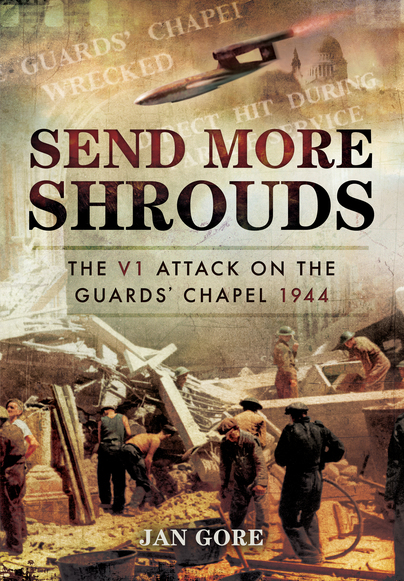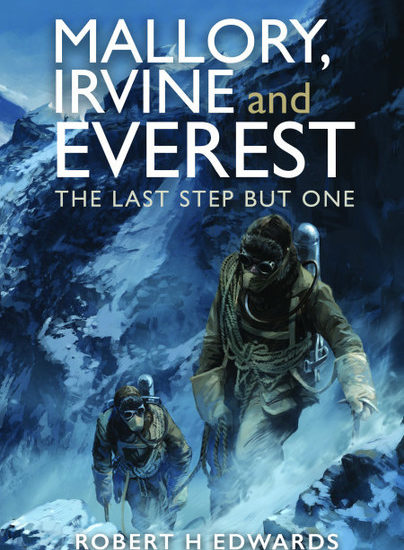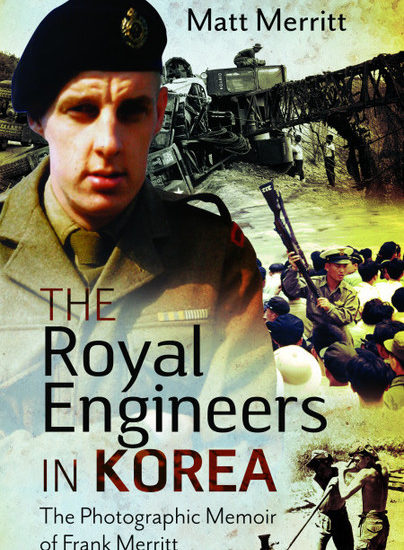On This Day: 75th anniversary of the V1 attack on the Guards’ Chapel
Today on the Pen and Sword blog we have a guest post from Jan Gore, author of Send More Shrouds: the V1 attack on the Guards’ Chapel 1944.
For many of us, 6 June
1944 is primarily remembered as the date of D-Day. This year marks
the 75th anniversary of the Normandy landings. What is
perhaps less well-known is the “Doodlebug Summer” that followed
soon afterwards and brought the war, yet again, to the Home Front.
Barely a week after
D-Day, what were known as “pilotless planes” began to appear over
London and the South East. They were a precursor of the cruise
missile, a new type of bomb. The V1 rocket (or “doodlebug”) could
be launched across the Channel from a mobile site in Europe. They
were sent on a pre-set course and programmed to explode (with greater
or lesser accuracy) in London. The advantage to the Germans was that
the new weapons were unmanned and so could be launched day or night;
when they ran out of fuel the engine would stop and they would dive
to the ground and explode. The engine had a distinctive sound, like a
motorbike. When the engine stopped, there was silence, followed
within about 15 seconds by an explosion. With conventional air raids,
people usually had perhaps 5-10 minutes to seek shelter after the
alert. With a V1, you had literally seconds to take cover, and there
was no alert; they were a remarkably unpleasant weapon.
On Sunday 18 June, the
V1s began to reach Westminster. There was a special service at the
Guards’ Chapel that Sunday in honour of Waterloo Day and many
Guardsmen and their families were there. However, it was also an
unofficial thanksgiving for the recent success of the Normandy
landings. The tide of war was turning; mothers, wives and daughters
had all come to the Chapel to pray for their loved ones fighting
overseas. The music at the Chapel was well-renowned and that day
the Coldstream Guards’ Band were playing. There were about 300
people, military and civilian, in the congregation. They included an
American Colonel, an Australian padre, Stanley Baldwin’s son-in-law
and the sister of the painter Edward Le Bas, as well as a large
number of Guardsmen.
The service began at 11
am. Outside, the Scots Guards were drilling on the Square. Lord
Edward Hay began to read the first lesson. As he continued, a distant
buzzing could be heard. He did not falter, even when it became a roar
overhead. He had just finished the lesson and was walking back to his
seat when the engine cut out. Keith Lewis, a Guardsman from the
choir, described what happened next:
“A large area at the
top half of the South wall collapsed; there was an intensive blue
flash; I saw Lord Hay still standing but at a 45 degree angle…already
dead at this moment; there was a very loud explosion; then some giant
was hammering me all over my back.”
The building collapsed
on the congregation, trapping them under up to twelve feet of rubble.
Many were killed by blast; others were trapped under falling masonry.
It was only the third V1 to hit Westminster. The incident was made
worse because the roof of the Chapel had been reinforced with
concrete earlier in the war.
The guardsmen outside
were swift to help; fortunately none of them had been injured in the
attack. The rescue services were on site in a matter of minutes,
desperately trying to remove the rubble and extricate the casualties.
The rescue effort continued until the following Wednesday; 124
people died, including 50 Guardsmen, and over 141 were injured.
The Coldstream Guards’
Band were playing that day; their Director of Music and five of his
musicians were killed outright, while a further twelve musicians were
badly injured. All of the instruments were damaged beyond repair.
Those who died were a
microcosm of society, and my book gives their biographies in full.
They included a pioneering pharmacist, Olive Crooke, who had run a
pharmacy in a military hospital in France in World War One; she had
gone on to support her doctor brother in New Zealand and had returned
to England just two months before because she wanted to help with the
war effort. One of the Coldstream Guardsmen, Tony Titcombe, had hoped
to spend the day with his family; it was his wedding anniversary and
his son’s birthday. He had been taken captive at Tobruk in 1942 and
had been sent to Italy as a PoW; he managed to escape later and
walked to freedom, arriving home for Christmas 1943.
This book describes the
attack on the Guards’ Chapel and gives detailed accounts of the
victims; it also covers the rescue effort and the aftermath of the
attack, and goes on to cover the rebuilding of the Chapel and the
70th anniversary service in 2014.The wealth of
biographical information helps to provide a picture of society at the
time. The historical background to the development of the V1 rocket
helps to explain how and why the campaign evolved; it also describes
other key V1 incidents that summer and draws on first-hand accounts,
including that of my mother. Her statement: “My friends went to the
Guards’ Chapel and they never came back” is what prompted me to
write this book.


The
Guards’ Chapel after the bombing
Photographs of the
Chapel after the bombing, taken by David Gurney, a young officer
present at the scene.
This shows how a V1 rocket works (from Flickr)
Send More Shrouds: the V1 attack on the Guards’ Chapel is available to order from Pen & Sword now.


